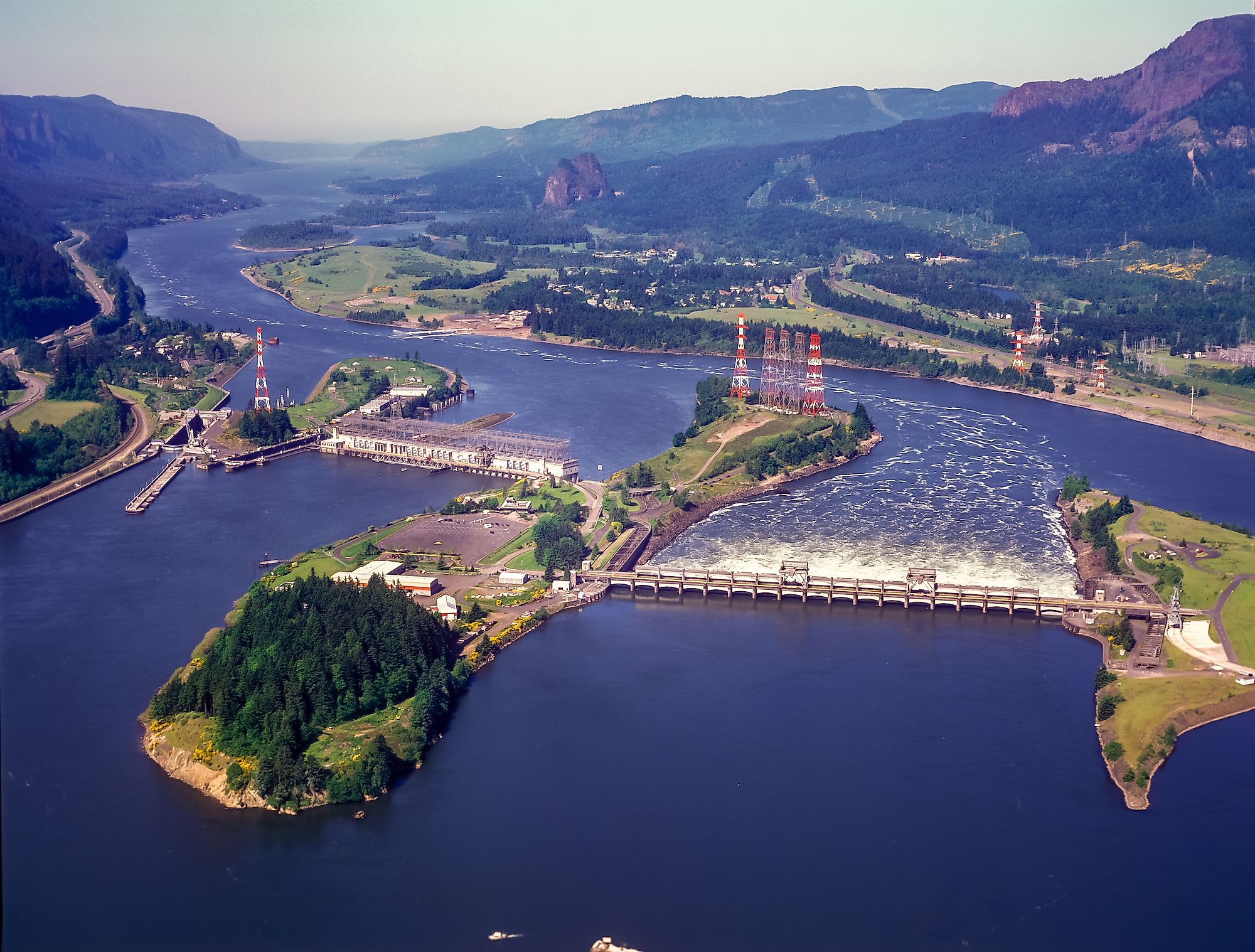
Why Bonneville Dam Fish Counts Are Making Headlines – Essential Insights Revealed!
Bonneville Dam: A Crucial Gateway for Columbia River Fish
Nestled along the majestic Columbia River in the heart of the Pacific Northwest, Bonneville Dam stands as a towering testament to human engineering. This colossal structure, completed in 1938, serves as a vital hub for transportation, power generation, and, most importantly, protecting and preserving the iconic salmon runs that have sustained the region for centuries.
The dam’s presence has transformed the river’s ecology, creating a unique ecosystem where fish must navigate a series of fish ladders and bypass systems to continue their upstream migrations. These structures allow salmon to ascend the dam’s towering heights, ensuring their access to critical spawning grounds.
Fish Counts: A Vital Indicator of Salmon Health
Fish counts conducted at Bonneville Dam provide invaluable insights into the health and abundance of salmon populations. These counts, meticulously recorded by dedicated biologists, serve as a crucial barometer, reflecting the overall success or decline of these iconic fish.
By carefully monitoring the numbers of fish passing through the dam’s fish ladders, scientists can assess the effectiveness of conservation efforts, identify potential threats, and make informed decisions to protect and restore salmon populations.
Factors Influencing Fish Counts
A multitude of factors can influence the numbers of fish counted at Bonneville Dam, including:
1. Environmental Conditions
Water temperature, flow rates, and dissolved oxygen levels play a critical role in salmon survival. Fluctuations in these environmental parameters can impact the fish’s ability to migrate successfully and may lead to reduced counts.
2. Predation
Predators, both avian and aquatic, pose a constant threat to salmon during their migration. Birds of prey, such as eagles and osprey, may swoop down to snatch fish from the river’s surface, while larger fish like northern pikeminnow and walleye may prey on smaller salmon.
3. Disease
Salmon are susceptible to various diseases and parasites that can weaken their immune systems and make them more vulnerable to mortality. Outbreaks of disease can significantly impact fish counts and pose a serious threat to salmon populations.
4. Fishing Pressure
Recreational and commercial fishing can also affect fish counts. Anglers targeting salmon upstream or downstream of the dam may reduce the number of fish available to be counted.
Conservation Efforts to Protect Salmon
Recognizing the importance of salmon to the ecosystem and the region’s cultural heritage, concerted conservation efforts are underway to protect and restore these iconic fish. These efforts include:
1. Fish Passage Improvements
Engineers are continually working to improve the efficiency and effectiveness of fish ladders and bypass systems at Bonneville Dam. These modifications aim to facilitate easier passage for salmon, reducing migration delays and increasing survival rates.
2. Habitat Restoration
Restoring and protecting salmon habitat is essential for their long-term survival. Projects to improve spawning and rearing grounds, reduce erosion, and enhance water quality are critical to ensuring a healthy future for salmon populations.
3. Predator Control
Managing predator populations can help reduce the threat to salmon, particularly during their vulnerable juvenile stages. Non-lethal methods, such as avian deterrents and selective removal of invasive predators, are employed to minimize predation.
4. Hatchery Programs
Hatchery programs play a crucial role in supplementing wild salmon populations. These facilities raise and release juvenile salmon into the river, increasing their numbers and enhancing the overall resilience of the species.
The Future of Bonneville Dam Fish Counts
As climate change and other environmental challenges continue to impact the Columbia River ecosystem, the future of Bonneville Dam fish counts remains uncertain. However, ongoing conservation efforts and scientific research provide hope for the preservation of these iconic fish.
By understanding the factors influencing fish counts and implementing effective conservation measures, we can ensure that Bonneville Dam continues to serve as a vital passageway for salmon, supporting the health of the river and the sustainability of the region’s ecosystem.
Additional Resources
For more information on Bonneville Dam fish counts and salmon conservation efforts, please refer to the following resources:
Leave a Reply